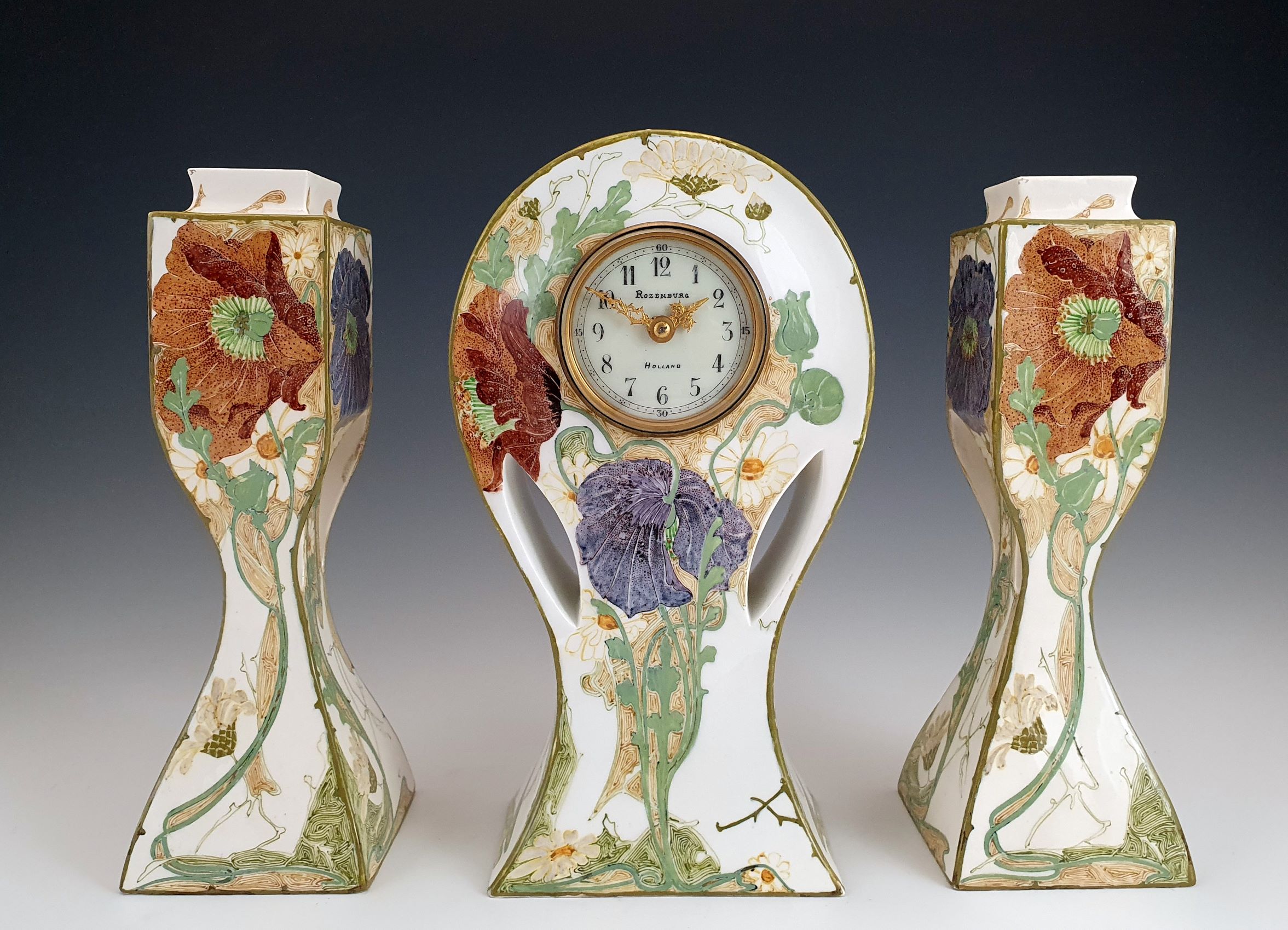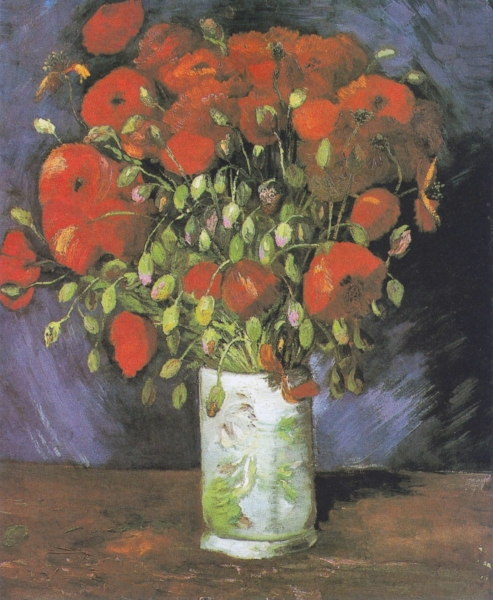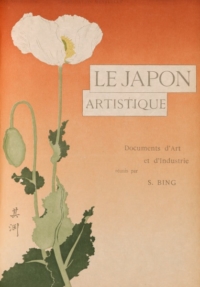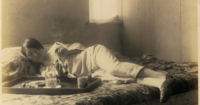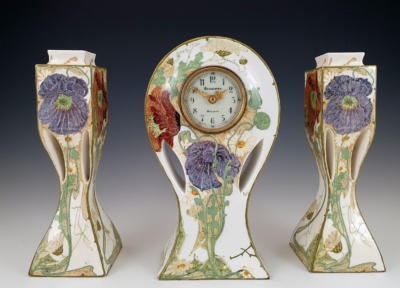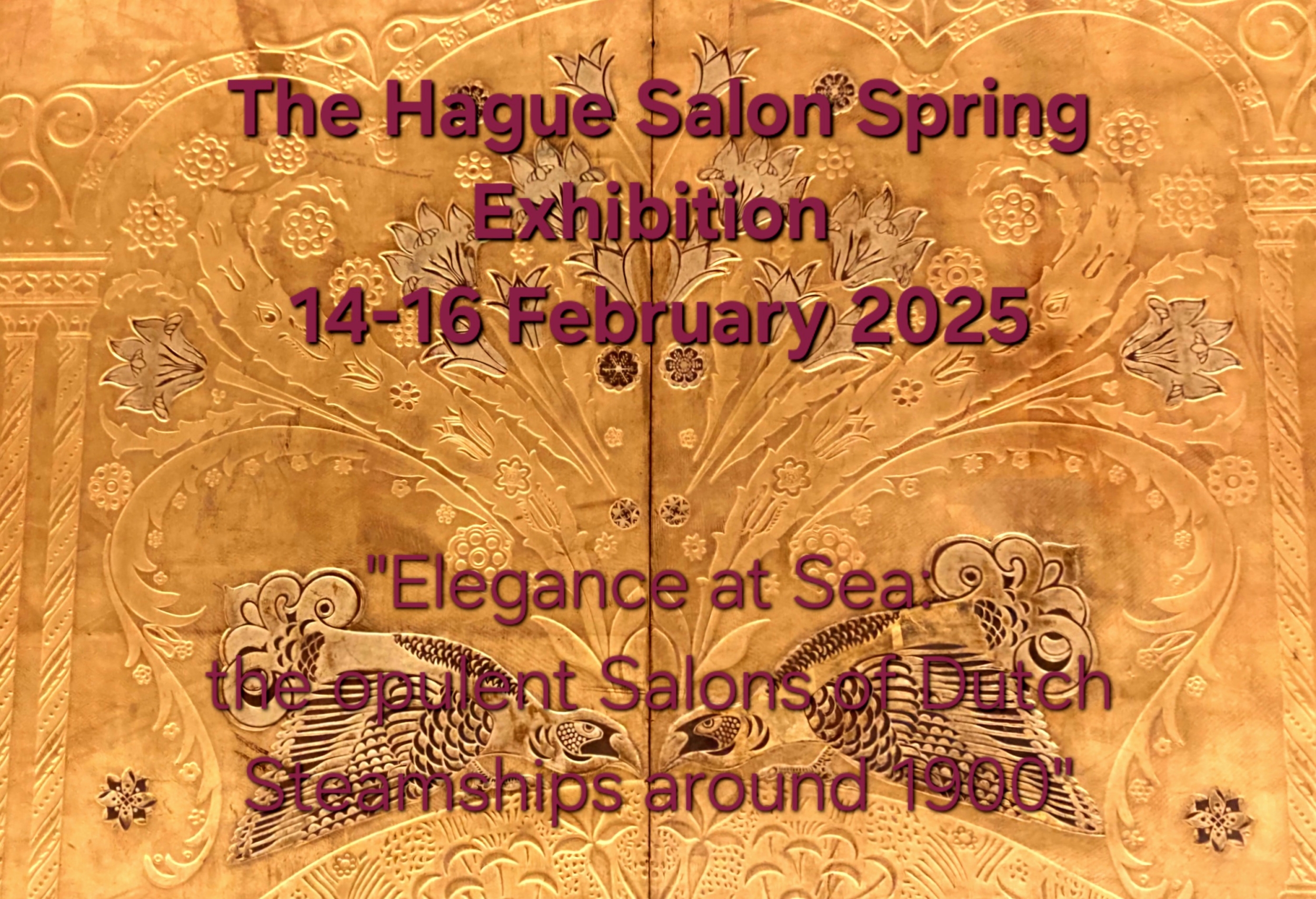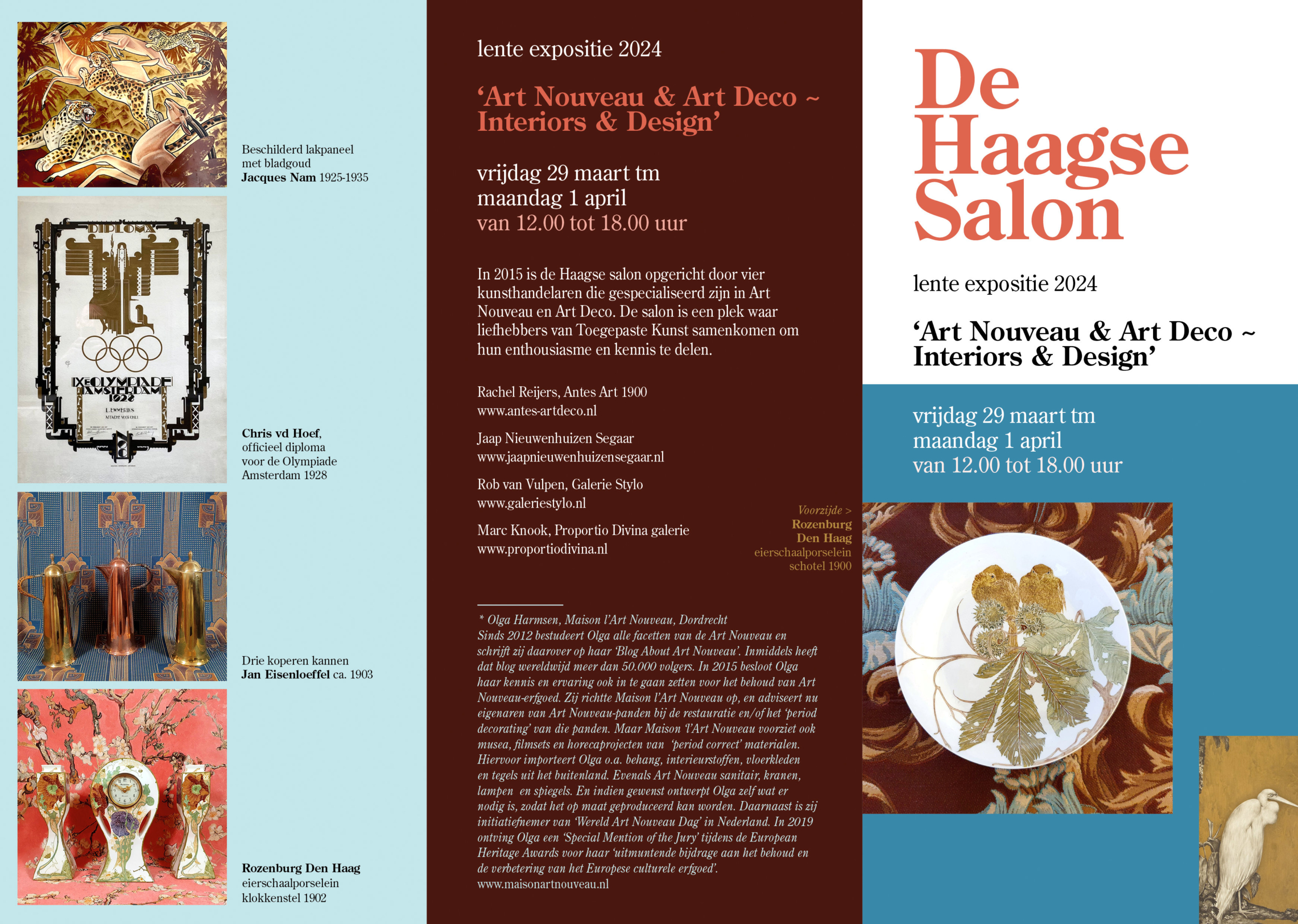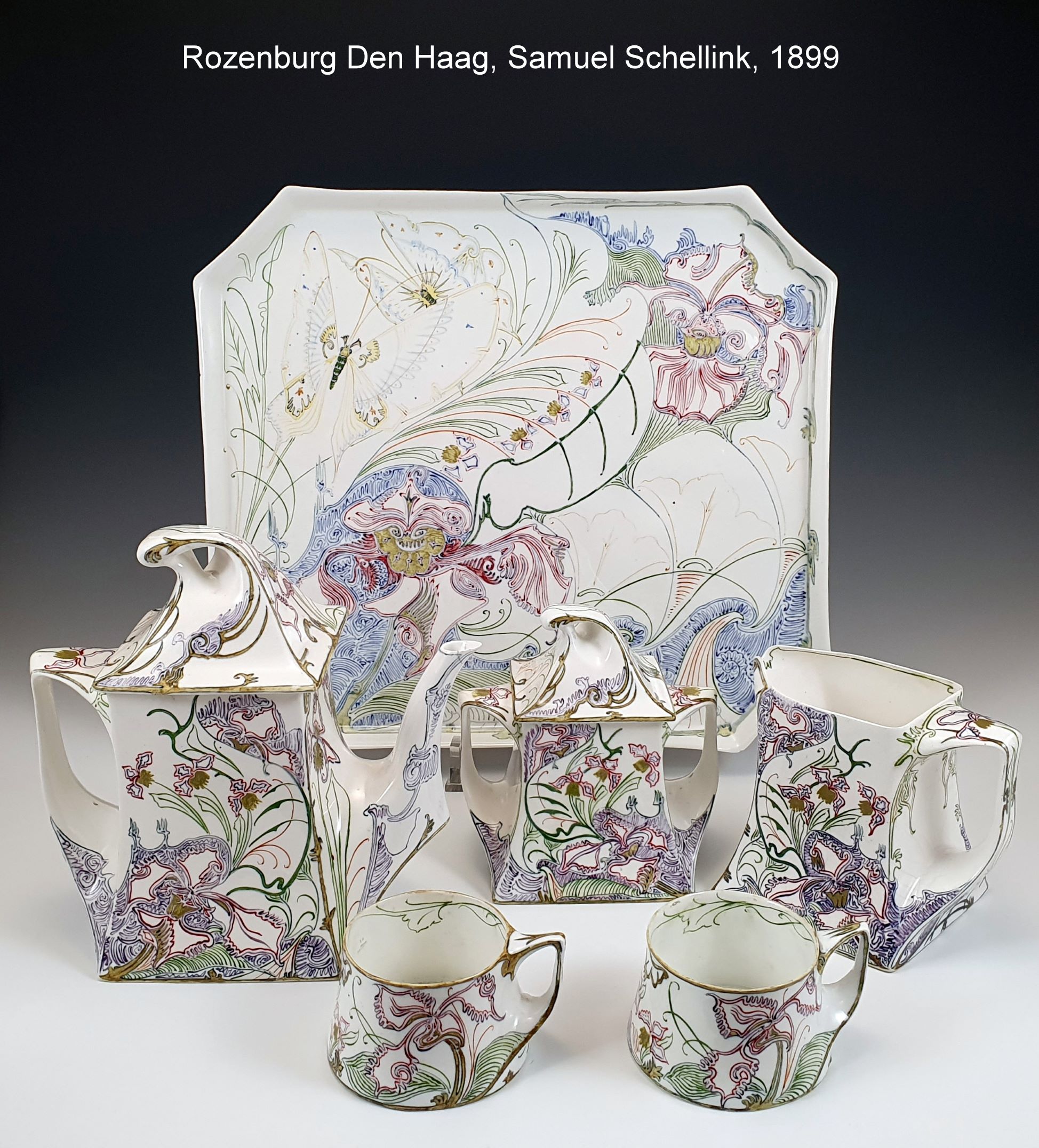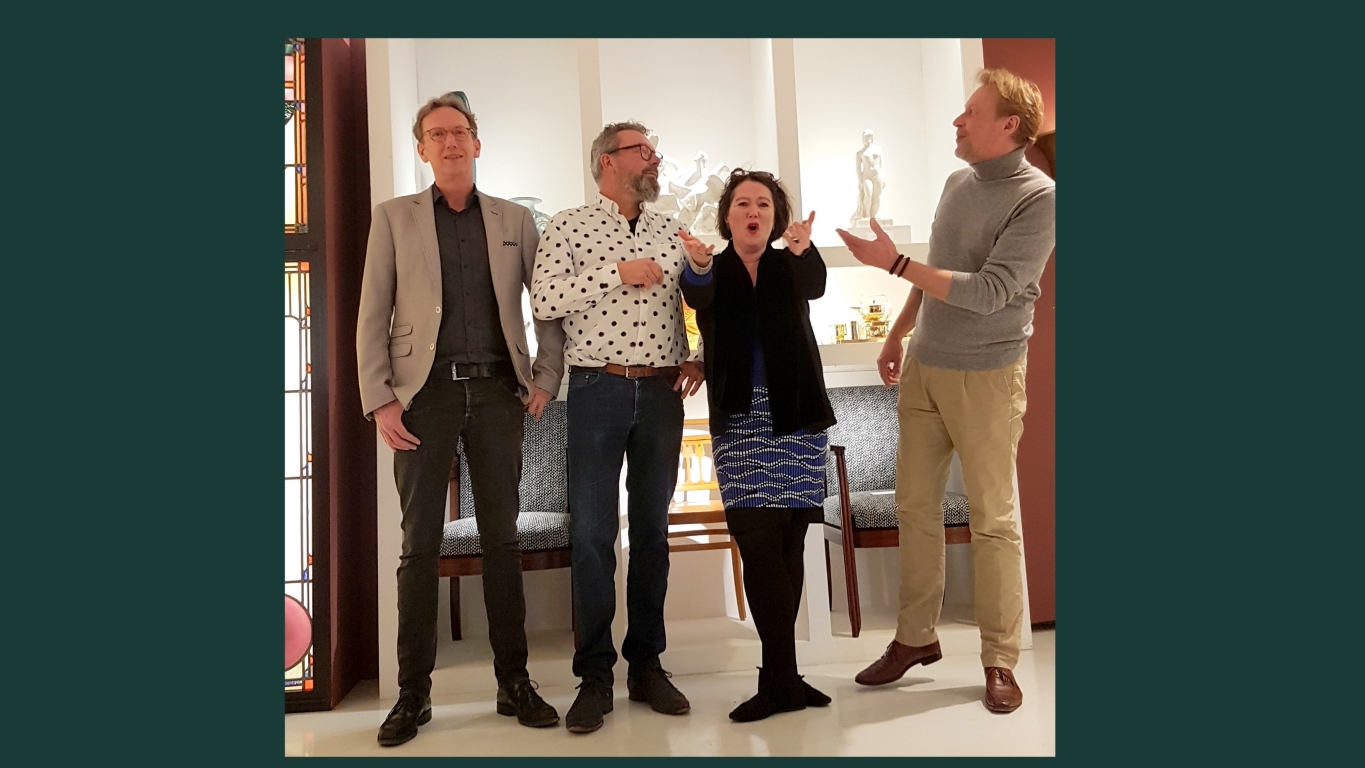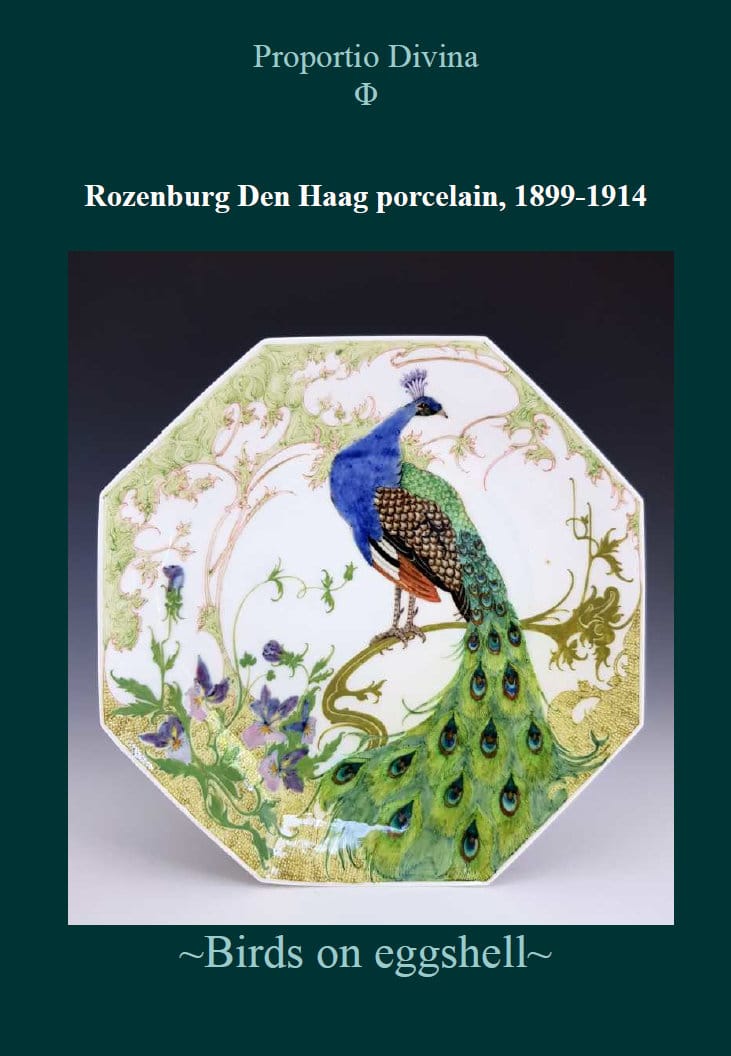Japan, Opium and the Far East: the influence of the Far East on Western art
The influence of Japan on Western art
After two centuries of ‘splendid isolation’, Japan finally opened its borders in 1854. However, it took several more years before Japonmania actually became a thing in the West. After two World Exhibitions -in 1862 and 1867- Europeans finally discovered Japanese art and utilitarian objects. The gorgeous kimonos, porcelain, woodblock prints, fans, parasols and folding screens astonished the Europeans and soon grew into a true rage. Art dealers were more than happy to seize the opportunity and the trade in Japanese as well as Chinese curiosa grew steadily.
Art dealers such as the famous Siegfried Bing were a driving force behind the rise of Japanese influences in the Western art world. Artists looking for a new style were eager to buy the prints imported by Bing, including Vincent van Gogh.
In 1888, Bing founded the magazine Le Japon Artistique, in which he described Japanese art as an ‘Art Nouveau’. It is therefore not surprising that Japonisme – a movement in which Western artists gave their own interpretation to Japanese influences – became the cradle of the Art Nouveau movement.
Western artists were enchanted by the abstract use of powerful colours, the remarkable compositions and the interesting perspective in Japanese ukiyo-e woodblock prints and porcelain. They translated this in their own works into a simple, colourful and almost abstract style, in which nature takes centre stage. De Japanese kachō-e prints (‘Bird-and-flower-painting’, a ukiyo-e subgenre) had a major impact on the Western Art Nouveau style. The stylized flowers and birds are for example clearly visible in various decorations from, among others, The Rozenburg Den Haag Royal Delftware Factory (1883-1917)
Poppies and the use of opium
For centuries, the poppy has been a commonly used metaphor for (eternal) sleep and rest in Europe. The milky sap of the poppy flower -opium- has been used as an anaesthetic and a sleeping aid since Antiquity. This effect subsequently found expression in myths, folk tales and artworks in different periods and countries. In Ancient Greece, the poppy was a symbol associated with both Hypnos (Sleep) and Thanatos (Death). Greek mythology even tells of Demeter’s creation of the poppy after she lost her daughter Persephone.
This connection between poppies, opium and (eternal) sleep can also be found in works of art from the end of the 19th century. In the 19th century, poppy was the most popular painkiller and it was sold in many pharmacies, often marketed towards women and children. In the late 1800s, the popularity of opium smoking was also growing, especially among the elite.
Opium dens were generally seen as places of sin and crime, but the ritual surrounding the smoking of opium also had a certain mysterious and exotic allure as well. Smoking opium allowed the user to escape their mundane life and ‘travel’ to the exotic Far East.
It was not long before this mysterious pastime was combined with that other portrayal of the mysterious Far East, namely Japonist works of art. Symbols that had a connection with opium, like dragons and poppies, were portrayed in typical Japonist fashion. The dragons referred to ‘chasing dragons’, a metaphor for opium smoking. But poppies, which had been a symbol of sleep and opium use for centuries, were also frequently used in decorations on vases and other porcelain pieces. The graceful flowers were portrayed in a style resembling the Japanese ukiyo-e prints: two-dimensional and almost abstract, with an elegant composition and powerful, striking colours.
The poppies on this Rozenburg clock garniture, designed by W.P. Hartgring, are especially interesting. In the Japanese ‘language of flowers’ -Hanakotoba- the red poppy does not represent sleep and death, but is a symbol for fun and fun-loving. If we consider the influence of Japan on Japonisme, we could therefore say that in this setting the Western and Japanese connotations of the poppy are fused into a new interpretation. These particular poppies do not represent the end of life, but are rather a reminder to have fun in life, because the clock keeps ticking. Combine this with the meaning of the daisy, a symbol of innocence and purity in both Japan and Europe, and the clock seems to be telling us to enjoy life!
